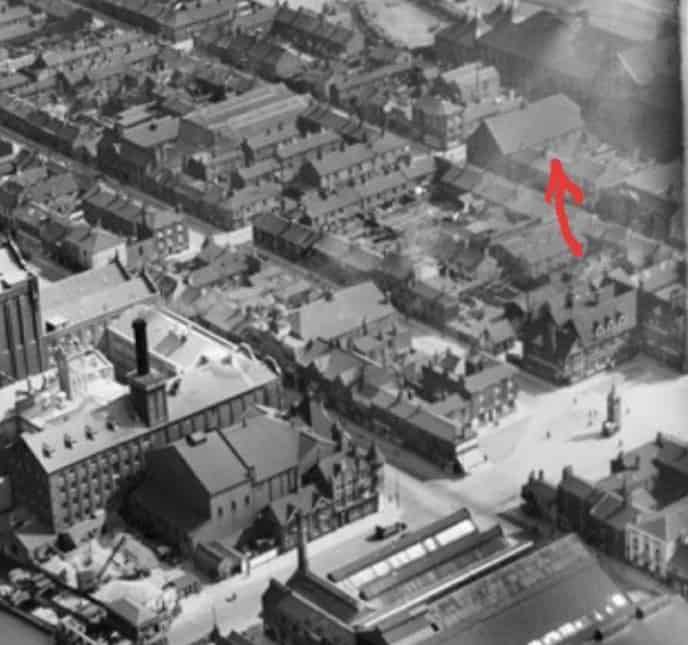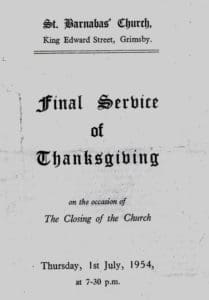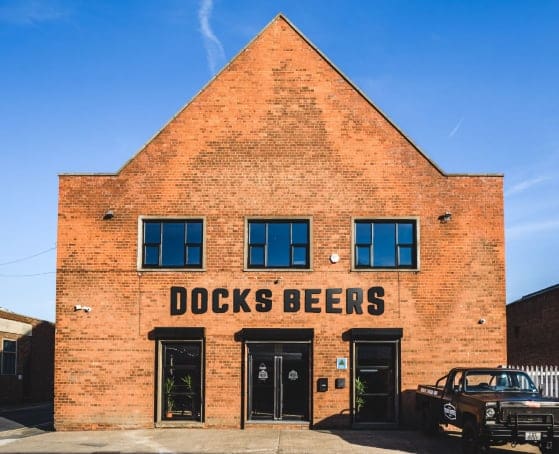“Thursday, February 22, 1900 was an overcast day with the threat of rain ever-present – but that didn’t dampen the spirits of the large crowds gathered in King Edward Street, Grimsby. They had turned out for the laying of the foundation stone for the new St Barnabas Church at the corner of Fotherby Street, in St James’s parish.
The new building was to replace an iron church which had hitherto served this district, and of which the first curate-in-charge was the late Canon JP Young, before he became Vicar of Grimsby. The replacement church comprised a nave with aisles, 43 feet wide, 85 feet length, with sanctuary extending 12 feet further at the East end. The front of the building was surmounted with a bell gable, 58 feet above the footpath.
The plans included provision for vestries to be built later. The cost of the building was estimated at £2,000 and the complete scheme £2,600, of which £2,000 had already been raised, much of it among and by the people of the district. Victoria, Countess of Yarborough (the dowager Countess) had the honour of laying the foundation stone. She was accompanied by her husband, Mr J Maunsell Richardson of Healing Manor.
The stone, of Aberdeen granite, was the gift of the contractor. Lady Yarborough was presented with a silver trowel by the architect. The architect was John J Cresswell (Grimsby); builder, H Marrows (Grimsby); stone supplied by WT Green (Grimsby). The religious ceremony was conducted by the Vicar of St James, the Rev Edward Bullock, supported by Canon Hutchinson (Vicar of Clee-with-Cleethorpes), the Rev AW Ballachey (Vicar of All Saints), the Rev H Walker (curate-in-charge of St Barnabas) and the rest of the St James’s parish clergy. Because of the unsettled weather a canvas awning had been erected to protect the official party and the combined choirs of St James’s, St Paul’s, and St Barnabas’s, which were under the direction of Forbes Carter, organist and choirmaster of St James’s. After the ceremony a tea was served in the church schoolroom, on the corner of Market Street and King Edward Street.”
From Bygones – a Grimsby Telegraph special publication, Tuesday, October 7, 2014







